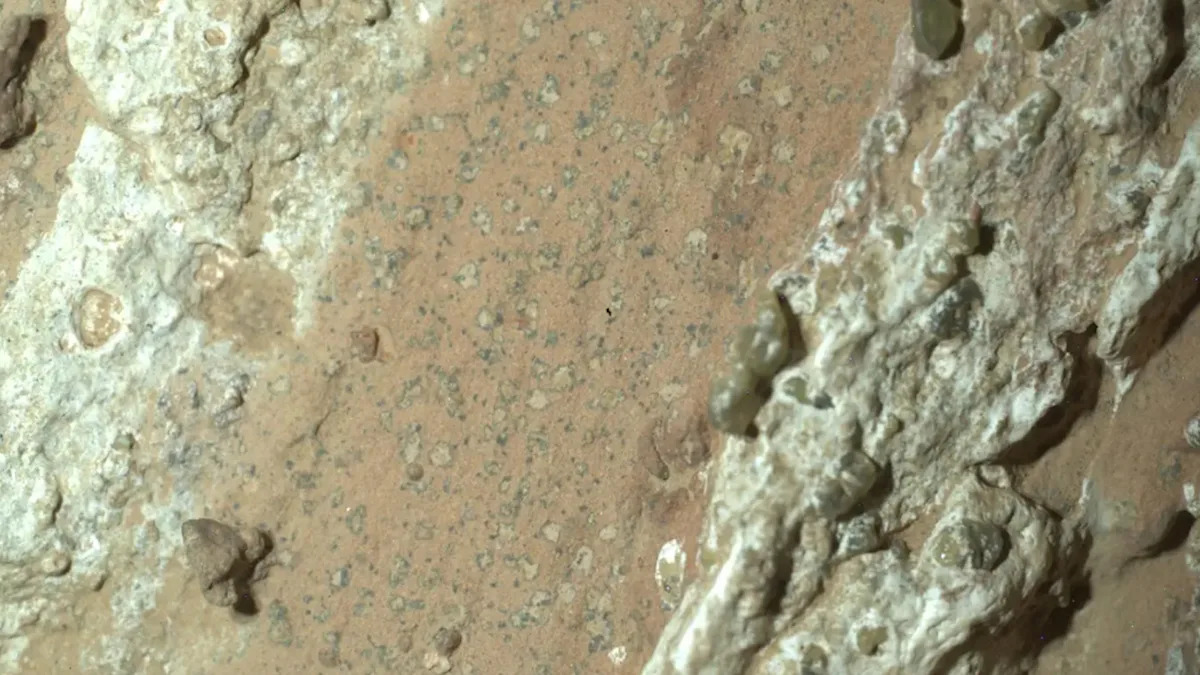Following the Perseverance rover’s recent discovery of possible signs of ancient Martian life, there has been a great renewal of interest in a Mars sample return mission. While NASA’s own mission seems unlikely following recent budget cuts, there’s now a possibility that China could get there first. It has a planned sample return mission that could launch in late 2028 and get a sample back to Earth by 2031.
On Sept. 10, the Perseverance team announced that the rover had discovered a rock they dubbed “Cheyava Falls” in the Jezero Crater a year before. Cheyava Falls showed potential biosignatures. After a year of study, no one had come up with a better solution to what it was, other than signs of ancient Martian life. The only way to be sure, though, is to bring a sample of it home for study, at which point we’d know without a doubt if there was once life elsewhere in the universe.
The ramifications of such a discovery would be enormous, and the value of such a sample to the scientific community would be almost immeasurable. The only problem is that getting the rock back to Earth isn’t easy. There’s never been a sample return mission like this before, so the technology is far from proven, and the budgets are hard to come by. The Trump administration has placed tight limits on NASA funding, and a sample return mission may not be possible over the next few years.
But that’s not a problem for China. It already has its Tianwen 3 mission planned for 2028. It hasn’t selected where it’s going to land yet, and it may land somewhere far away from Perseverance and its samples. But the Chinese aerospace authorities could decide to find this rock NASA discovered and bring a sample of it home first, giving them the first chance to announce the discovery of ancient Martian life.
Tianwen 3 will use a drill to take a sample of around 1.1 pounds. Returning that sample to orbit and hitting the target will be difficult. As Space.com highlights, NASA has landed many Mars missions over the decades, proving the accuracy and efficacy of its landing technologies. China landed a rover on Mars once before, in 2011, on its Tianwen 1 mission, and it will re-use those technologies for Tianwen 3.
That gives the sample extraction rover more than a 12-mile radius from any selected landing zone, making targeting the specific area where Perseverance found the rock very difficult. However, it could still inform Chinese decision-making.
Regardless, unless NASA gets the chance to outfit a similar mission soon, China may well return a Mars sample first, which could have some heavy ramifications.

